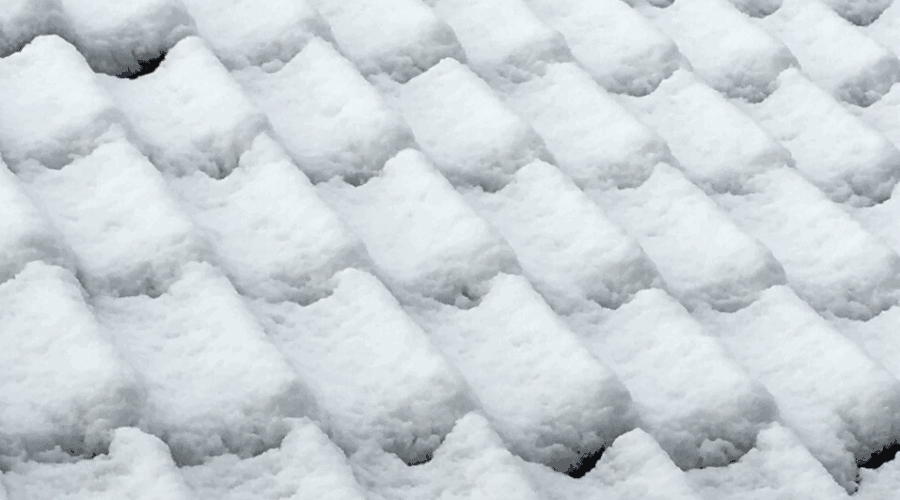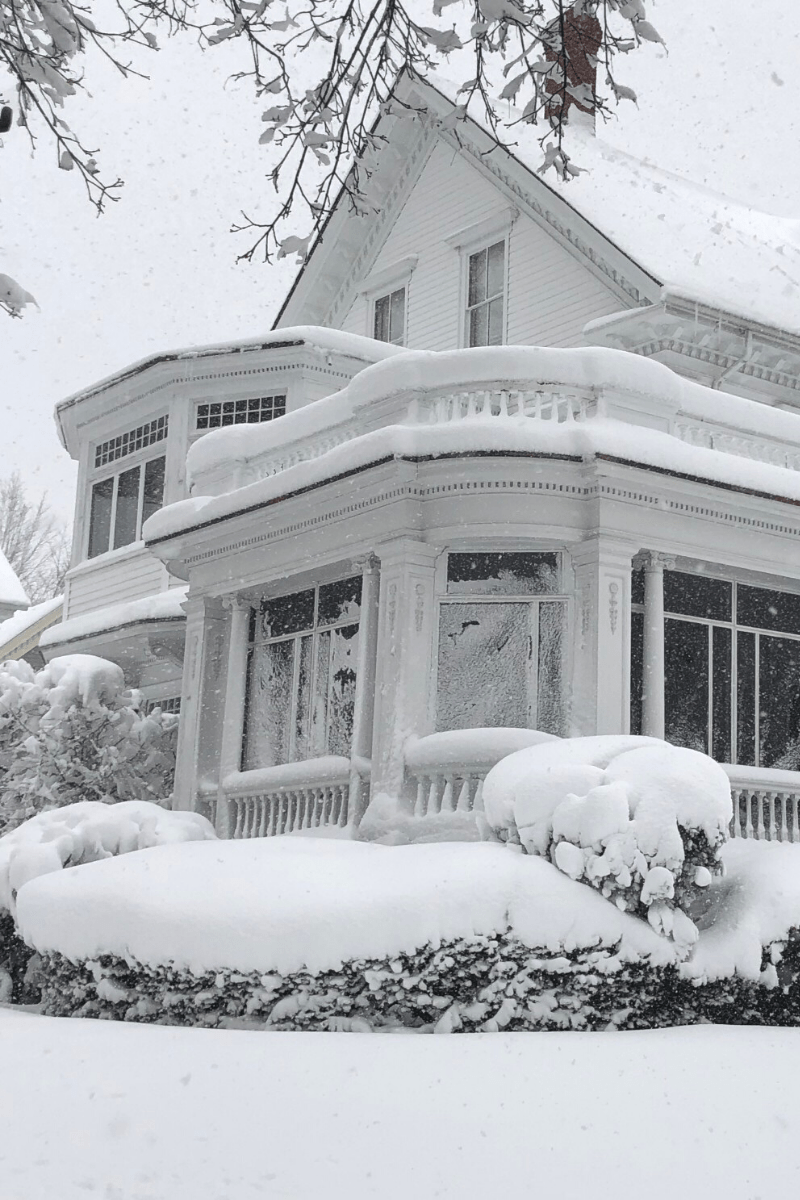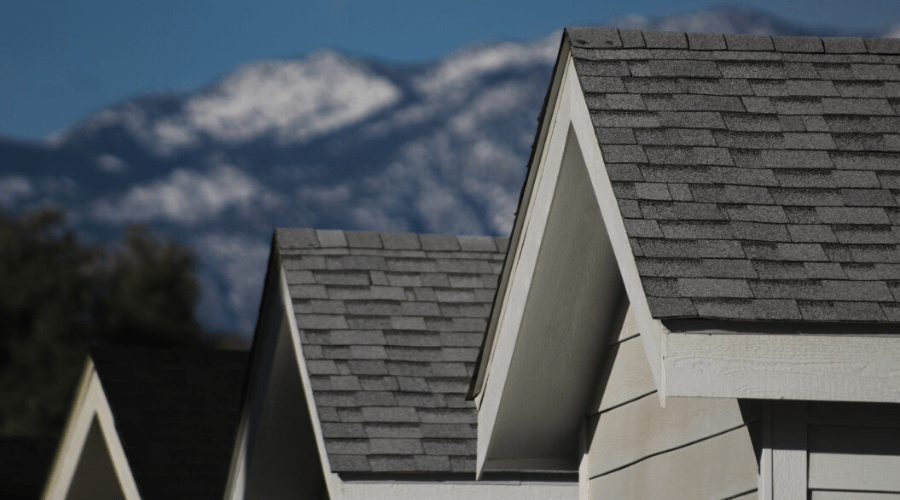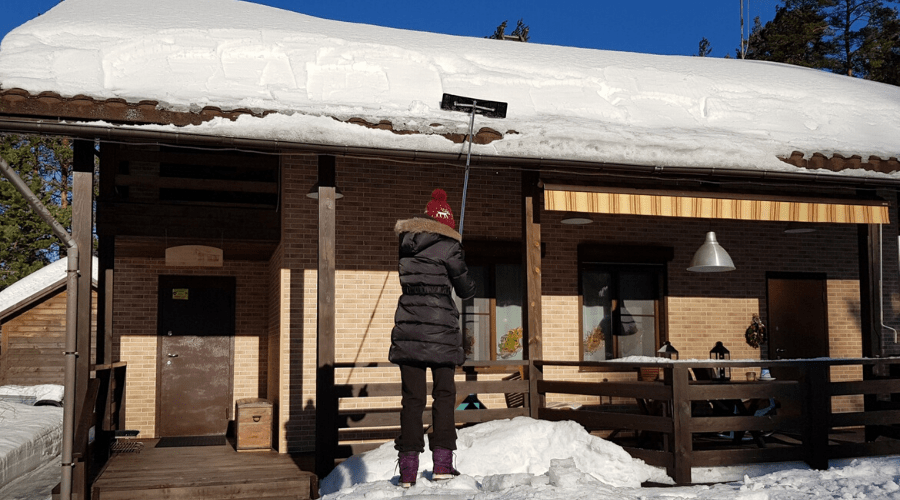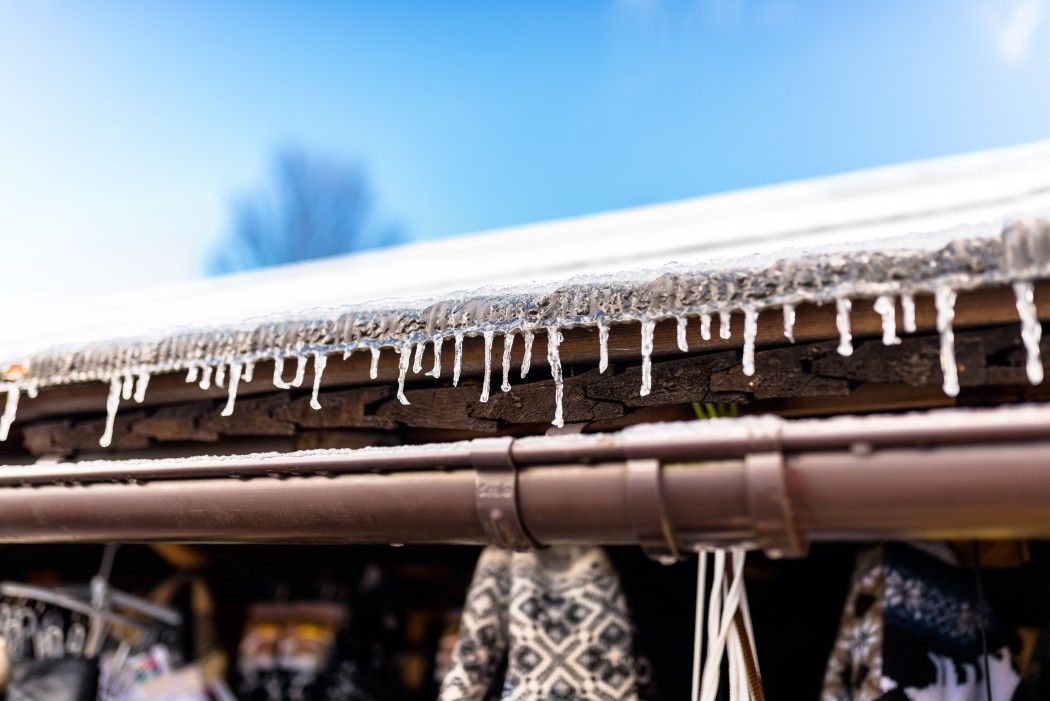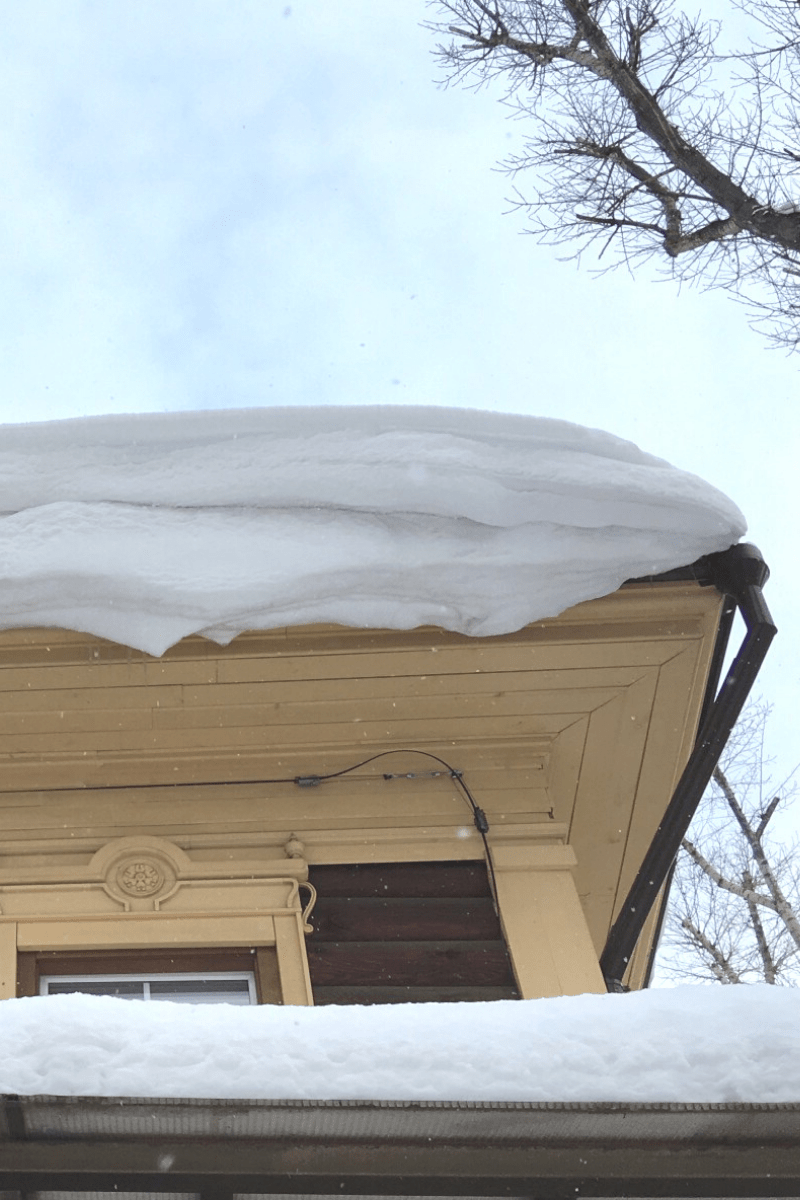When it rains, it pours. And when it snows, well, it weighs down your roof. If the winter is particularly rough, you might wonder how much snow is too much. Before you find yourself buried in snow, learn the answer to the question, "How much snow can a roof hold?"
What Factors Impact How Much Snow a Roof Can Hold?
It's difficult to determine how much snow a roof can hold because there's no one answer to the question. Many responses vary depending on the situation. Find out what factors can affect the amount of snow your roof can hold.
Weight of Snow
One of the most crucial factors is the weight of the snow. Because there are different types of snow, the weight of snow varies. If you have wet snow, it could weigh up to three times as much as fluffy snow.
When wet, one cubic foot of snow weighs about 20 pounds. However, when dry, the same amount of snow weighs as little as seven pounds. Without knowing how wet the snow is, you can't guess how much snow your roof can take.
Roof Design
Roofs have different styles and designs, and that can affect their ability to hold snow. If you have a steep, smooth roof, it will allow snow to fall off with ease. Meanwhile, a flat or slightly pitched roof will hold more snow. But the fact that it could hold a lot of snow doesn't mean your roof should.
All in all, a roof with a single-sided gable design is ideal for areas with heavy snow. Complex roofs with varying inclines won't shed snow, ice, or water with ease. If there are openings in your roof, they will make your roof weaker. So, a roof with skylights, for example, won't work as well for snow as a roof with no openings.
Roof Material
If you have a roof made of strong material, it can hold more snow than a top made of weak material. Asphalt or slate shingles will be able to withstand a significant amount of snow. More fragile materials could buckle under the weight.
The Status of the Roof
Over time even the most substantial roofs falter. If you have a weak roof, your house won't be able to hold much snow. But how do you know whether or not you have a fragile roof? The age of your roof matters, as asphalt shingled roofs only last about 20 years. However, a roof can weaken before it even gets close to its expected life span.
Signs of a Weak Roof
There are a few warning signs of a weak roof. First, you might see bends or cracks in the rafters of your attic. While they aren't a sign of imminent danger, cracked or bent rafters are a sign that your roof might not be able to support much snow.
You can also check for a weak roof by looking at the door frames on your second floor. If there are cracks in the drywall, your roof could be failing. The damage could be from a shift in your home's structure, which could affect your roof.
Another common sign of a weak roof is a leak in your attic. If there's water in the attic, it's probably coming through the roof. You should also be on the lookout for missing shingles, rusted flashing, and creaking noises. Call a professional for a roof inspection if you suspect a weak roof.
When Do You Need to Remove Snow from Your Roof?
Unless you have a particularly weak roof and heavy snow, you don't need to remove snow from your roof. Doing so is dangerous and often unnecessary. Your home was designed to handle all seasons, including the winter. Local building codes ensure that all houses have roofs capable of withstanding heavy loads of snow.
If you do feel the urge to clear snow off your roof, you should take precautions. It's dangerous to go onto your roof in snowy conditions. However, you can safely remove snow from a one-story roof with a roof rake. Clearing the snow from a two-story roof is best left to the professionals.
What About Ice Dams?
You might be tempted to clear snow off your roof to prevent ice dams. However, there are other ways you can do that. If you use roof melt, you can keep ice from freezing on your roof. You could also use a roof rake to clear snow and ice from your roof.
Ice dams occur from heat escaping from your attic and melting the snow or ice on your roof. Then, the water runs down your roof and refreezes. If you take steps to keep your attic from releasing hot air, you can prevent ice dams from forming.
When your attic is sealed correctly, you won't have an issue with ice dams. More importantly, you won't need to clear ice or snow from the edge of your roof.
What Can You Do to Determine How Much Snow Your Roof Can Hold?
If you still want a definite answer to your question, there's one thing you can do. You can contact the contractor who installed your roof and ask for their professional opinion. They'll be familiar with the local codes, as well as the abilities of your roof.
For old roofs, you can call a reputable roofing company. They will inspect your roof and consider all of the factors that affect how much snow it can hold. Then, they can use their experience to tell you how much snow a roof can hold. If there's anything you can do to strengthen your roof, they might recommend making some repairs.
If you have any concerns about your roof's capabilities, don't hesitate to call a professional. You don't need to risk your health or waste your time by clearing snow off your roof this winter.

